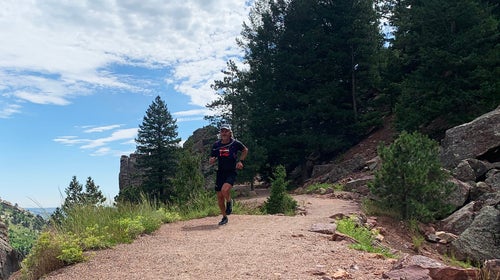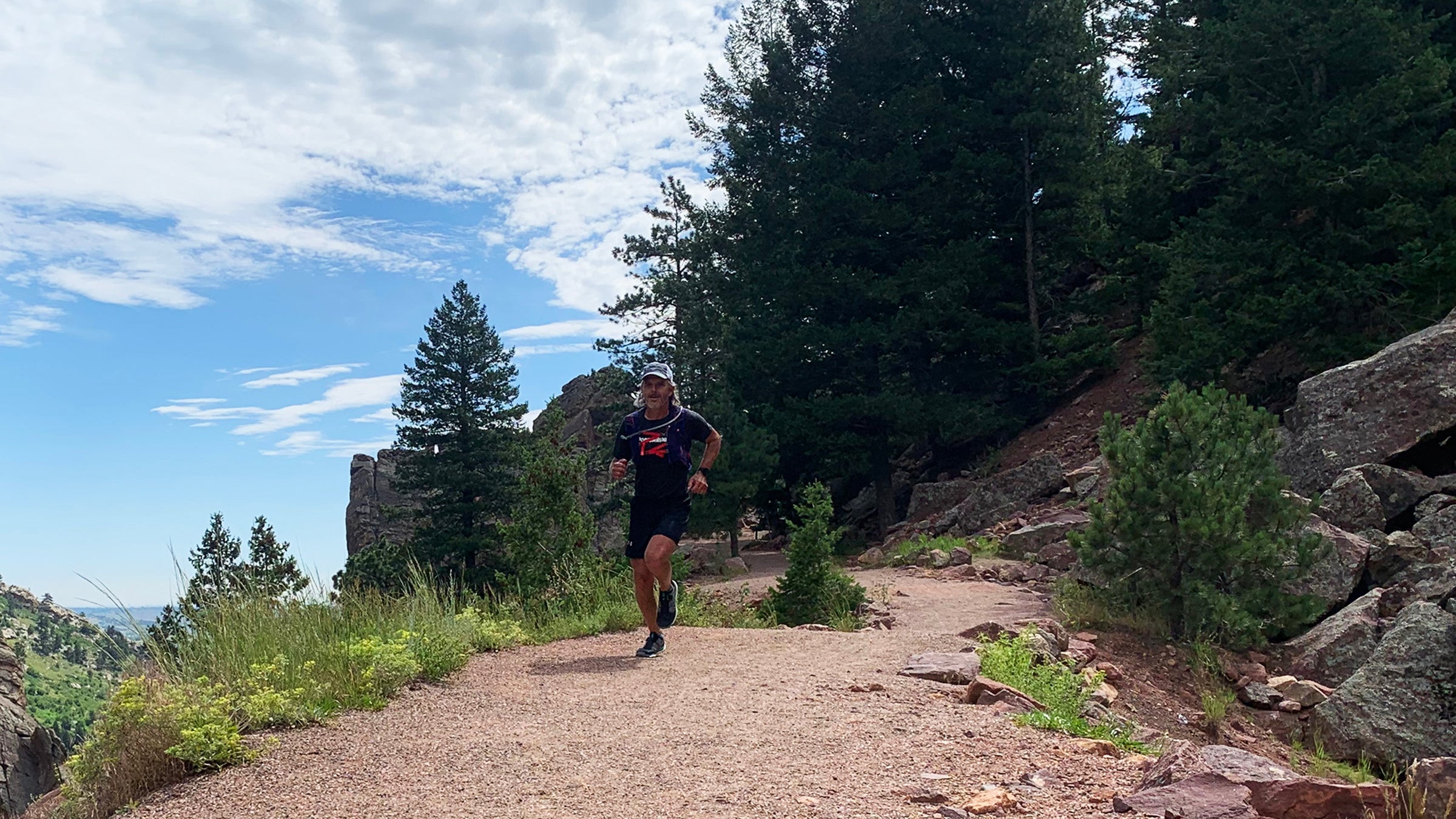Every runner should step off the pavement and explore trails regularly. You already know that running off-road introduces variety in each step, preventing overuse injuries, developing new muscles and improving your stride. But there are more reasons why running off-road is a good idea, especially now when we’re stuck in one place and seeking variety. Here are two:
1) Trail running hones your sense of place.
We’re confined to one place these days, which can feel boring and stifling. But it also gives us a chance to know that place better, and what better way than to get in touch with the land, the terrain, the terroir that you call home?
Roads are essentially the same wherever you go. Some are hillier, some are wider, but by nature they smooth the surface into a predictable, homogeneous grey plane that is the same in New England as it is in the Southwest. Step off the road, however, and in New England you’re trodding on wet pine needles, dancing over roots and navigating short steep, rocky inclines, while in the Southwest you’re likely exploring dusty ravines, leaping from boulder to boulder, climbing long switchbacks into the foothills of giant mountains.
This uniqueness doesn’t require driving to national or state parks: follow a trail into the woods or hills behind your neighborhood, and you’ll soon learn how sticky your local mud is, how slick the rocks are on the steep banks alongside the creek, where the puddles drain quicker and how far along the greening of spring has come. Not only are the trails unique to your neck of the woods, but they change daily with the weather and seasons, keeping them interesting even when you see them on every run.

2) Trail running hones your sense of pace.
Or, more accurately, your sense of effort at pace. The variety of inclines, surfaces, and obstacles on the trail renders pace comparison with other runs mostly moot. Even worrying about average pace on one run becomes silly.
As we climb, descend, dance and weave along a trail, we have to learn to judge effort within the moment. And learning to evaluate that effort makes us better runners, as our internal gauges are more accurate and account for all the variables that our devices don’t so we can run at appropriate efforts in every situation. Set free from the monitors, we can keep the effort appropriately low when necessary, and exceed our expectation when we let it rip, unrestricted by previous notions of our limits.
Stepping off the road requires that you give up your notion that every mile has to be within a certain pace range to be worthwhile, along with the measurements we use to assure ourselves we’re still fit. But if we can’t step away now, with no public peer pressure, no races or group runs where we have to live up to expectation, when can we? Now is the perfect time to step away from measurement, introduce more variety and become more connected, both to your surroundings and to yourself.


